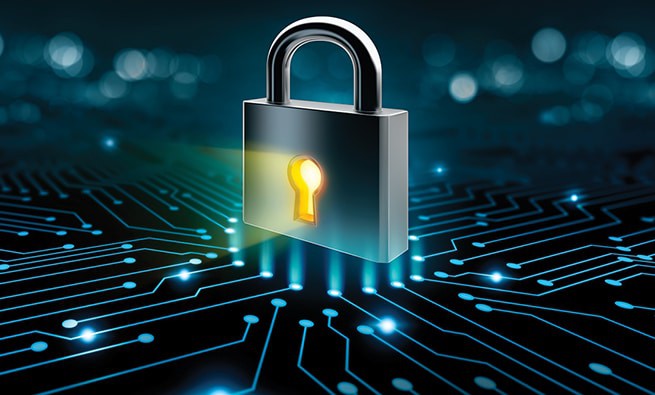Since the second half of the 1990s, when the dot-com boom connected the whole world to the internet, cybersecurity has been a key priority for many organizations and corporations.
After more than two decades, unusual events such as the COVID-19 epidemic, disputed elections, and rising sociopolitical turmoil have resulted in an increase in the quantity and severity of cybercrime in only a few years. However, some tech giants have implemented comprehensive cybersecurity protocols across their products, such as the Helm repository by JFrog.
According to researchers, the global costs of cybercrime will reach $10.5 trillion by 2025, a 15% rise from $3 trillion in 2015. This is because security concerns are likely to get more complex over time, making them more expensive. Though
The following are some potential new cybersecurity threats that businesses can encounter in 2023.
Inadequate Cybersecurity Awareness
The level of attacks shown by cyber threats is growing. As a result, corporations have an urgent need to enhance the cybersecurity of their networks. Knowledge of cybersecurity may help avoid the loss of data and the hacking of networks, both of which might damage a company’s image. The fact that employees do not understand the risks that may be found online and how they operate is the primary obstacle in this respect. Since so many people are unable to recognize a phishing email—nearly 97% of the population, to be exact—many people click on links included in these emails, handing over vital information to cybercriminals.
Geographically Targeted Phishing Attacks
Phishing attacks are expected to grow increasingly targeted over the coming year. This implies that hackers will use increasingly advanced techniques to create and carry out targeted phishing attacks. As such, organizations are strongly advised to invest in robust and all-encompassing cybersecurity awareness programs. They may also use a range of software tools that are already installed on their network to aid them in detecting any suspect phishing behavior.
Attacks on the Healthcare Sector
The healthcare industry’s cost structure has been adversely affected because of data breaches caused by cyberattacks. Therefore, prioritizing investments in digital security measures is critical. However, because of the COVID issue, many healthcare organizations were obliged to modify their pre-existing cybersecurity safeguards and breach security and firewall procedures to allow employees to access information while working from home. They were left with no other choice.
Weak Cloud Security
Cloud management software solutions are becoming more popular because they simplify the process by which anyone within an organization may access files and data regardless of their physical location. However, the great majority of cloud management systems lack authentication and encryption techniques, indicating that cloud security must be improved. If cloud management software solutions continue to be poorly configured, cyber attackers will find it easy to violate business policies and data.
Increased Cyberthreats to Education
Since distant learning is still thriving, even as the COVID-19 epidemic fades, it is more important than ever to put robust cybersecurity safeguards in place. The education business is dealing with several cybersecurity issues, the majority of which are data related. As the frequency of targeted assaults on the education sector grows, institutions must take cybersecurity measures such as limiting cloud access and installing post-perimeter protection.
IoT Vulnerabilities
Vulnerabilities in the IoT devices linked to the internet of things bring the virtual world into the physical world. A data breach through the usage of these gadgets is therefore a scary possibility. According to Symantec data, compromised routers were responsible for more than half of all Internet of Things attacks in 2018. On the other side, networked cameras were responsible for 15% of all attacks.
Mobile Devices as Security Vulnerabilities
Smartphones are omnipresent, and we use them for everything from banking transactions to hotel and vacation bookings to shopping and other day-to-day activities. Unfortunately, attackers who use the dark web may employ smartphones as vectors for intrusions. The use of smartphones by hackers has enabled them to launch cyberattacks.
Giveaways
The increasing digitalization of the world will only add to the urgency of the need for good cybersecurity. Both individuals and businesses must take efforts to keep their data safe. Using strong passwords and investing in security software are just two of the many basic steps that can be taken to enhance a company’s cybersecurity.
Even though cybersecurity is critical, many people do not take it seriously. This is often the result of a misunderstanding about the potential consequences of a cyberattack. A hacker, for example, might get access to an individual’s financial information or steal sensitive company data. Businesses are also in danger from hackers. In rare cases, cyberattacks may cause bodily injury, such as when hackers disrupt systems critical to the functioning of critical infrastructure.
